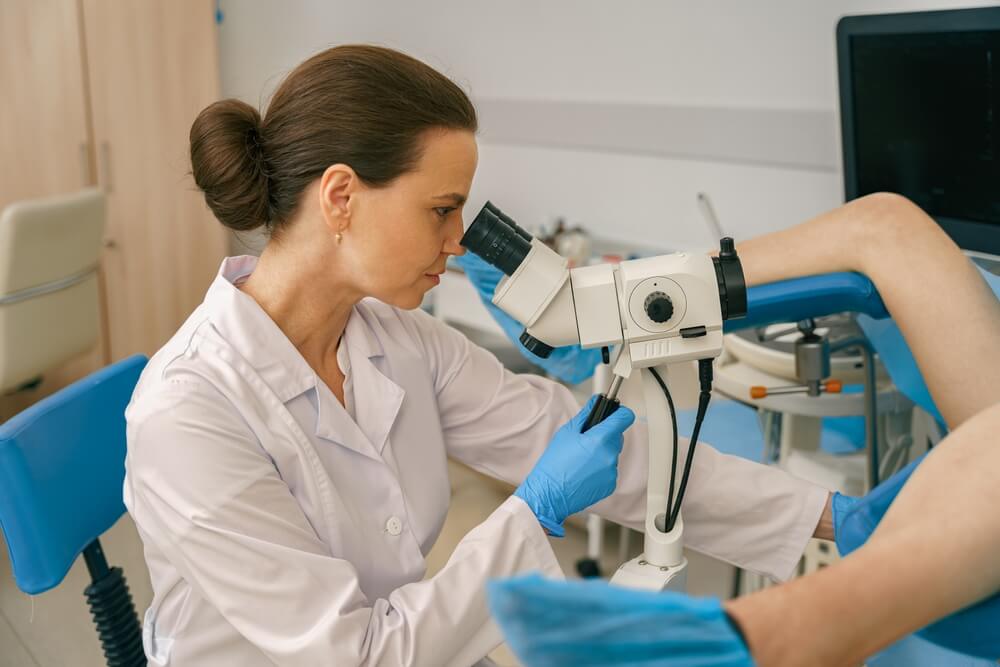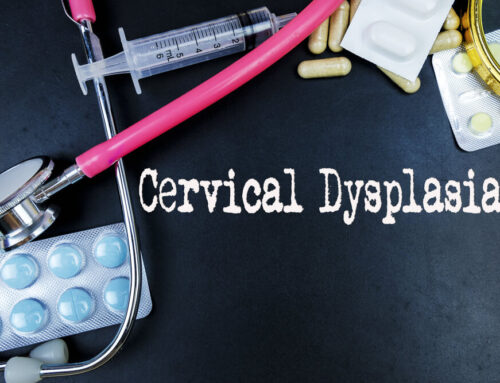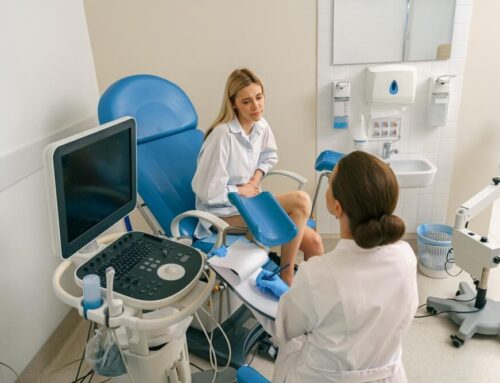What is Cervical Dysplasia?
CIN, or the dysplasia of the cervix, is one of the many things that can cause an abnormal Pap smear. More specifically, it can be described as a precancerous condition in which abnormal cells form on the cervical surface. The cervix is the uterine opening attached to the top part of the vagina. The condition is also often referred to as CIN or intraepithelial neoplasia, meaning that the abnormal cell growth is only present on the surface of the organ and has yet to get past the layer.
In this article, the Fern F. Taisenchoy-Bent, MD LLC team has compiled all the vital information you should know about CIN. After finishing the article, feel free to reach out to one of the best family gynecology specialists in Margate, Florida, if you want to learn more about CIN.
Dysplasia of the Cervix: How Serious is It?

For most patients, the term “precancerous” can alone give them chills. Still, it’s vital to remember that most patients with the condition never develop cancer. Getting a CIn diagnosis means that patients may be at a higher risk of developing cervical cancer in case they fail to receive the recommended treatments. And if the tumor does develop, growth will take years, giving healthcare experts enough time to locate and remove the affected areas.
Typically, CIN is classified based on the amount of affected epithelial tissue on the cervix. In this case, CIN is determined on a scale spanning from one to three:
- CIN1: In this case, the abnormal cell growth affects only one-third of epithelium’s thickness.
- CIN2: The cell growth affects a maximum of two-thirds of the epithelium.
- CIN3: The abnormal cells are present in more than two-thirds of the epithelium thickness.
For the most part, first-stage CIN will rarely turn into cancer and will resolve on its own. The latter two are more likely to form into malignancy and, thus, will require treatment.
Typically, CIN affects sexually women and women who have been exposed to HPV (human papillomavirus), which is among the most common sexually transmitted diseases in the US. On that note, data shows that between 250,000 and one million women in the country get a CIN diagnosis each year, with the most prominent among women aged 25 to 35.
Causes of Cervical Dysplasia
As mentioned above, the leading cause of cervical dysplasia is becoming infected with HPV prior. In most cases, a strong immune system will eliminate the virus, but some strains of it can badly infect the reproductive tract, leading to the development of CIN.
The medical community estimates that around 75% of sexually active women receive an HPV infection during their lifetime. Often, the problem goes away without causing problems, but in rare cases, the abnormal cell growth that triggers CIN may happen.
That said, women can’t get cervical dysplasia unless they have HPV. Still, some women never develop CIN, even though they’ve been exposed to the virus. Some experts believe that smoking, having a weaker immune system, and age may play a role in whether CIN develops after being exposed to HPV.
Cervical Dysplasia Symptoms
The condition usually doesn’t cause any noticeable symptoms, and the provider diagnoses it after an abnormal Pap smear test. On the other hand, other women with CIN may experience spotting, either following intercourse or randomly.
Diagnosis
As mentioned above, the signs of cervical dysplasia will often be noticeable for healthcare experts following a routine pap smear that returns abnormal results. Usually, doctors will recommend a colposcopy to take a closer look at the cervix next.
In some cases, doctors may also order a biopsy to examine the cervical tissue in a laboratory and may order a DNA test to see the severity of the HPV infection as well.
CIN Treatment
The choice of treatment for cervical dysplasia is contingent upon several factors, such as the extent of the condition, your age, overall health, and personal treatment preferences. It’s essential to be aware that certain treatments for cervical dysplasia can potentially impact future pregnancies. If you are currently pregnant or planning to become pregnant, it’s crucial to have a discussion with your healthcare provider about the available treatment options.
CIN1
In cases involving mild cervical dysplasia, specifically classified as CIN 1, treatment is often unnecessary. In most instances, this condition resolves on its own, with only around 1% of cases progressing to cervical cancer. In such situations, your healthcare provider may opt for a conservative approach that involves periodic Pap smears to monitor any changes in abnormal cells.
CIN2 and CIN3
For more severe cases of cervical dysplasia, such as CIN 1 or CIN 2, your healthcare provider may recommend the removal or destruction of the abnormal cells, which have the potential to become cancerous. These procedures can include:
- Conization or cold knife biopsy.
- LEEP or loop electrosurgical excision
- Hysterectomy (as a last-case scenario, when the condition doesn’t get better with other treatment options)
Still, in most cases, removing the problematic cells will cure dysplasia of the cervix in around 90% of cases. That said, it rarely progresses to cancer, but when it does, the process is very slow, still allowing enough time for adequate and effective medical intervention.
Preventing CIN

The sole method to prevent cervical dysplasia is by avoiding contracting HPV. If you are already infected with HPV, you can diminish the likelihood of it evolving into cervical cancer through regular Pap smears. While Pap smears cannot act as a preventive measure for cervical dysplasia, their regular administration can facilitate the early diagnosis of cervical dysplasia, thereby averting its progression to cancer.
Here are a few tips that may help avoid CIN:
- Getting an HPV vaccination
- Practicing safer sex
- Getting regular Pap smears
- Quitting smoking
Also, it’s important to keep in mind that the outlook, especially in the case of early detection, is usually excellent. By destroying or removing the affected cells, women can reduce their risks of developing cervical cancer in the first eight years following treatment by an estimated 95% percent, even in cases of high-grade dysplasia,
Learn More
Discovering the presence of precancerous cells on your cervix can be anxiety-inducing, but it’s important to note that cervical dysplasia doesn’t invariably progress to cancer. Timely identification and intervention can thwart the development of cervical cancer altogether. In the interim, adopt preventative measures to shield yourself from HPV, which can mitigate the risk of cervical dysplasia. This entails receiving the HPV vaccine, practicing safe sex, and diligently attending your scheduled Pap smear appointments.
That said, if you want to schedule a checkup or want to learn more about CIN, feel free to reach out to our practice today. Our expert staff is ready to assist you and answer all of your questions or concerns.










